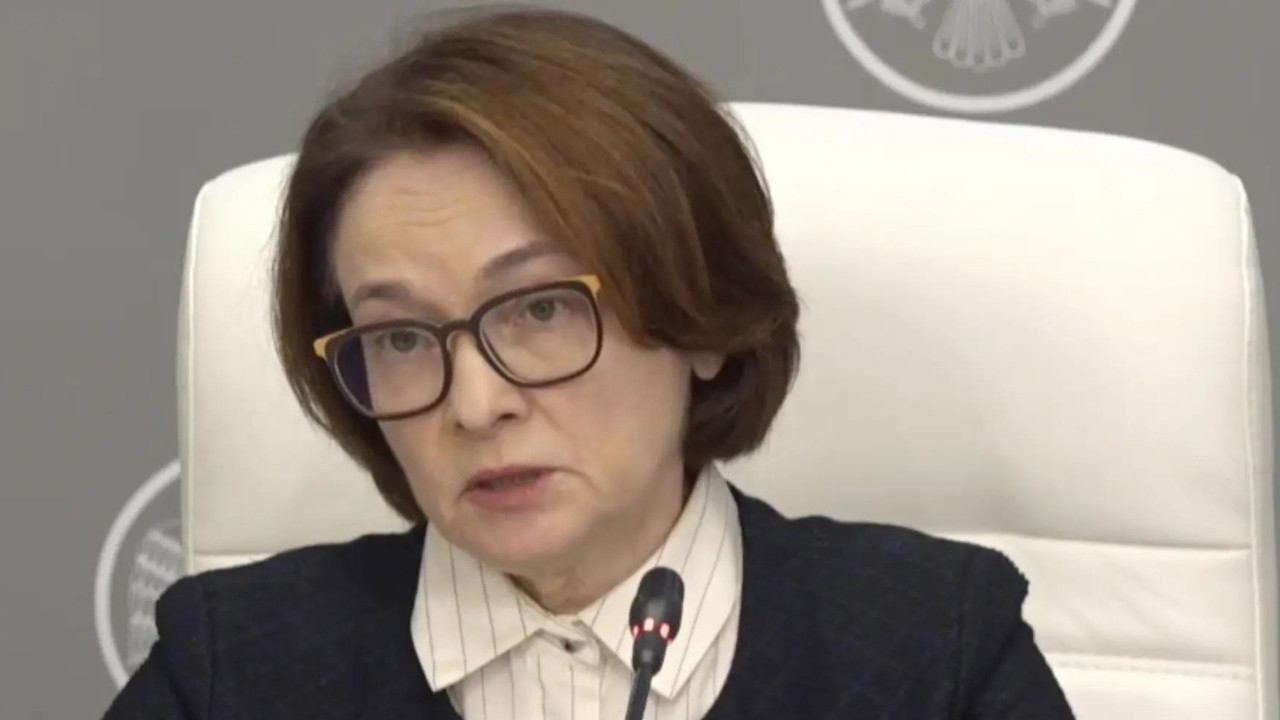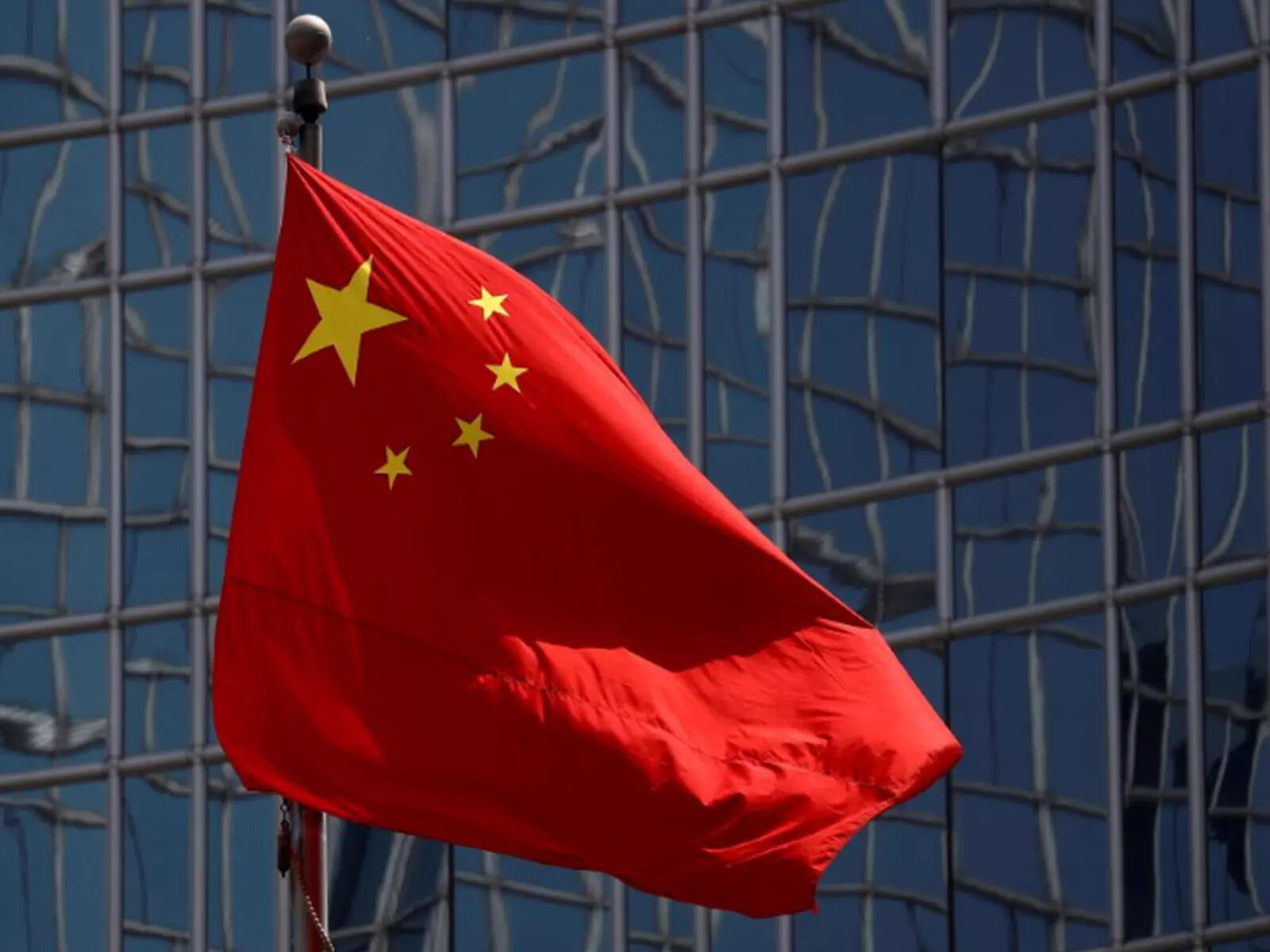Russia’s central bank lowered its key interest rate to 17% to stimulate the slowing economy, even as elevated inflation persists at 8.2%. This decision reflects the challenge of balancing economic support during wartime with the need to control rising prices. Increased government spending on the conflict in Ukraine has widened the budget deficit, adding further complexity.
Russia’s Risky Rate Cut: A Wartime Economic Gamble
Russia’s economy is walking a tightrope, and recent moves by the central bank suggest a high-stakes balancing act is underway. In a surprising move, the Bank of Russia slashed its key interest rate by a full percentage point, bringing it down to 17%. This decision, made against a backdrop of rising inflation and a widening budget deficit, paints a complex picture of the challenges facing the Russian economy in the shadow of its ongoing conflict.
The official line is that this rate cut is designed to stimulate economic activity. The war in Ukraine has undoubtedly taken a toll, disrupting supply chains, discouraging foreign investment, and leading to a contraction in various sectors. Lowering the key rate is intended to make borrowing cheaper for businesses and consumers alike, theoretically spurring investment and spending. Think of it as an attempt to jumpstart a stalled engine.

However, some analysts see a different motive at play. With government spending soaring to finance the war effort and social programs, the budget deficit is ballooning. A lower interest rate could alleviate some of the pressure on government finances by reducing the cost of borrowing. In short, this move might be less about boosting the economy and more about keeping the government afloat.
Inflation Concerns Amidst Rate Reduction
One of the biggest risks associated with cutting interest rates in the current environment is the potential for fueling inflation. Russia is already grappling with rising prices, driven by a combination of factors including Western sanctions, disruptions to supply chains, and increased domestic demand fueled by government spending. Artificially stimulating demand through lower interest rates could exacerbate these inflationary pressures, potentially leading to a further erosion of purchasing power for ordinary Russians. It becomes a delicate balancing act: stimulating growth versus controlling price hikes.
Furthermore, a weaker ruble – a possible consequence of a lower key rate – would make imported goods more expensive, adding further fuel to the inflationary fire. So, while a rate cut might provide some short-term relief to businesses and consumers, it could also sow the seeds of future economic instability. It’s a gamble on the future stability of the Russian Ruble and domestic economy.
The Widening Deficit and Its Implications
The elephant in the room is Russia’s growing budget deficit. Funding the war effort, coupled with increased social spending designed to mitigate the economic impact of sanctions, has put a significant strain on government finances. While Russia has substantial reserves, these are not unlimited. Moreover, access to these reserves is increasingly restricted due to international sanctions.
A lower interest rate, while potentially easing the burden of government debt, does little to address the underlying cause of the deficit: excessive spending. Without a fundamental shift in fiscal policy, Russia risks depleting its financial resources and jeopardizing its long-term economic stability. This rate cut almost appears like trying to bail water from a sinking ship with a teacup.
A Risky Move for Russia’s Wartime Economy?
The Bank of Russia’s decision to cut its key interest rate is a bold move fraught with risk. While the intention may be to stimulate economic activity and ease the burden on government finances, the potential for fueling inflation and exacerbating the budget deficit cannot be ignored.
Ultimately, the success of this strategy will depend on a number of factors, including the trajectory of the war in Ukraine, the effectiveness of Western sanctions, and the resilience of the Russian economy. It’s a high-stakes game, and the consequences could be far-reaching for Russia and the global economy.
One thing is clear: the coming months will be crucial in determining whether this gamble pays off or backfires spectacularly. It highlights the incredibly complex interplay between monetary policy, geopolitical realities, and the day-to-day lives of ordinary citizens. For further context on economic challenges during times of conflict, explore our piece on [the impact of sanctions on global trade](internal-link-example). The Bank of Russia is betting that a little financial engineering can keep everything from falling apart.







